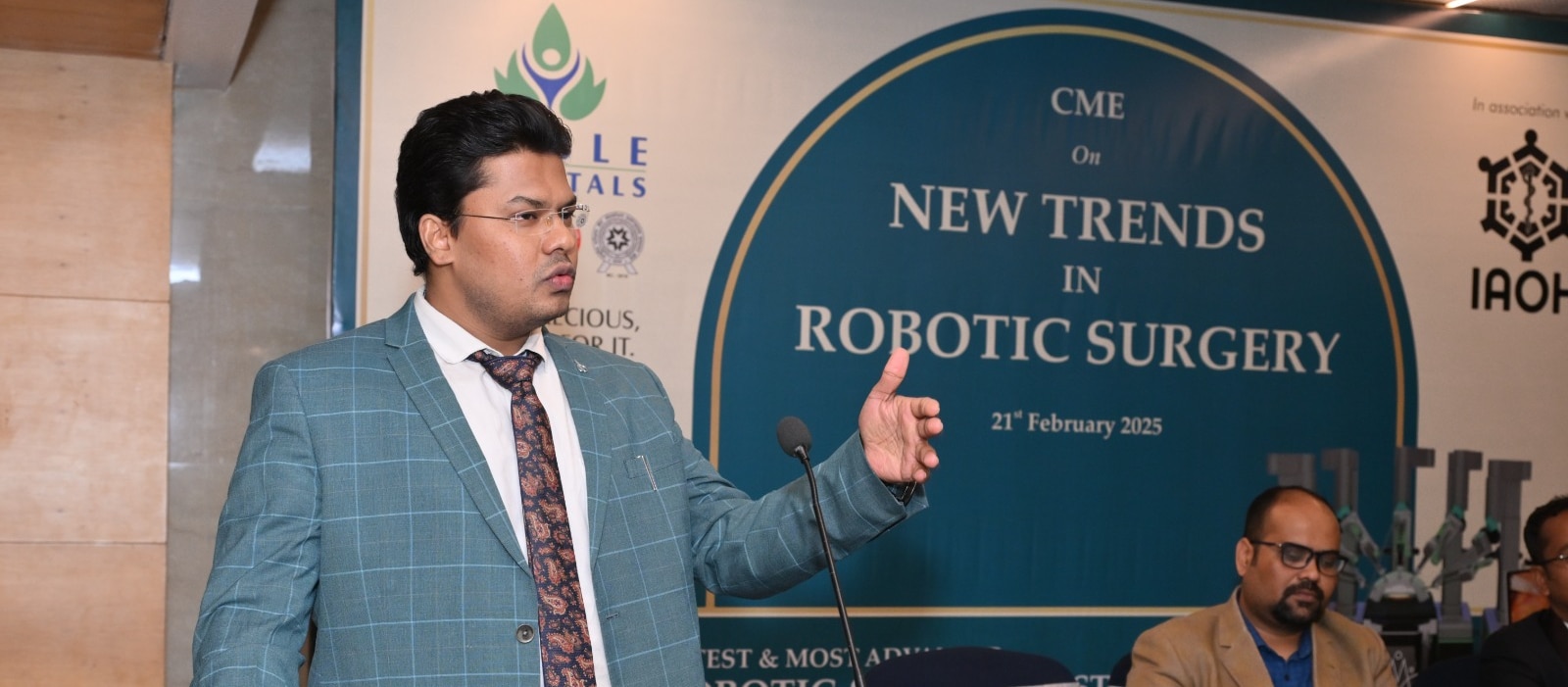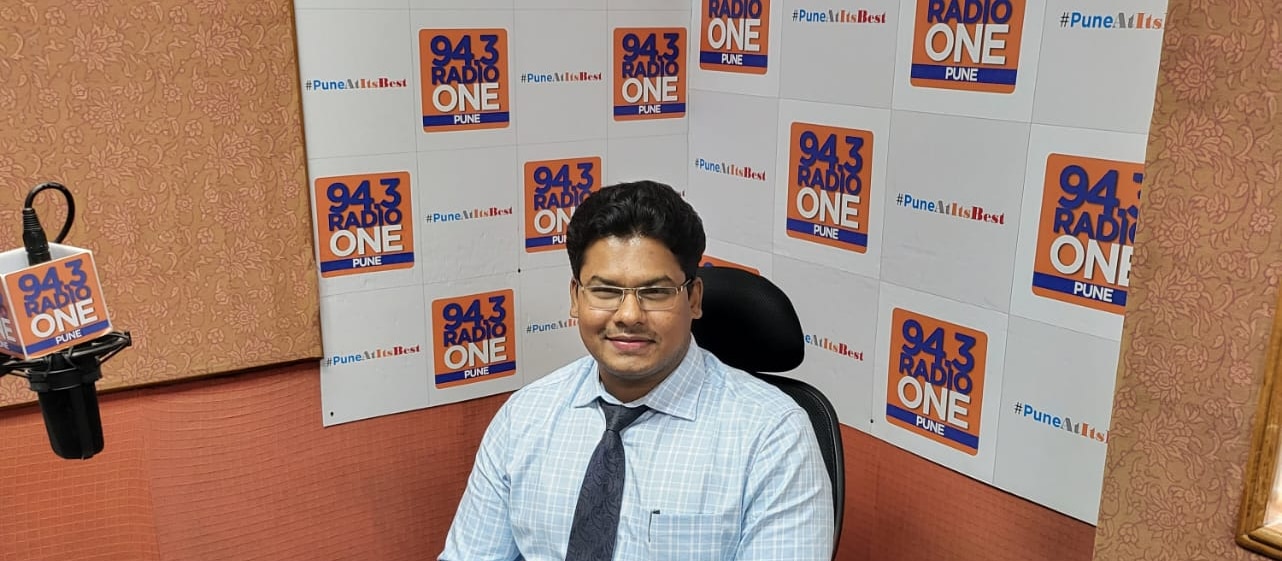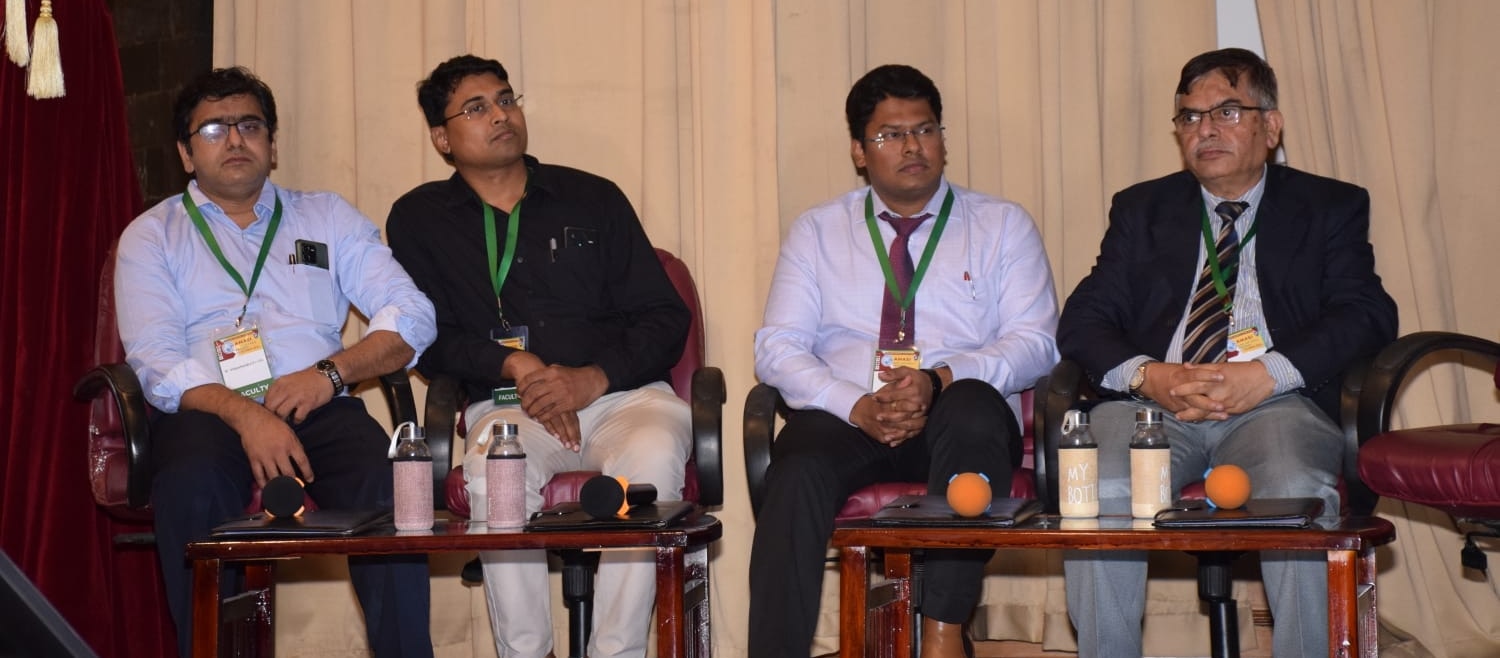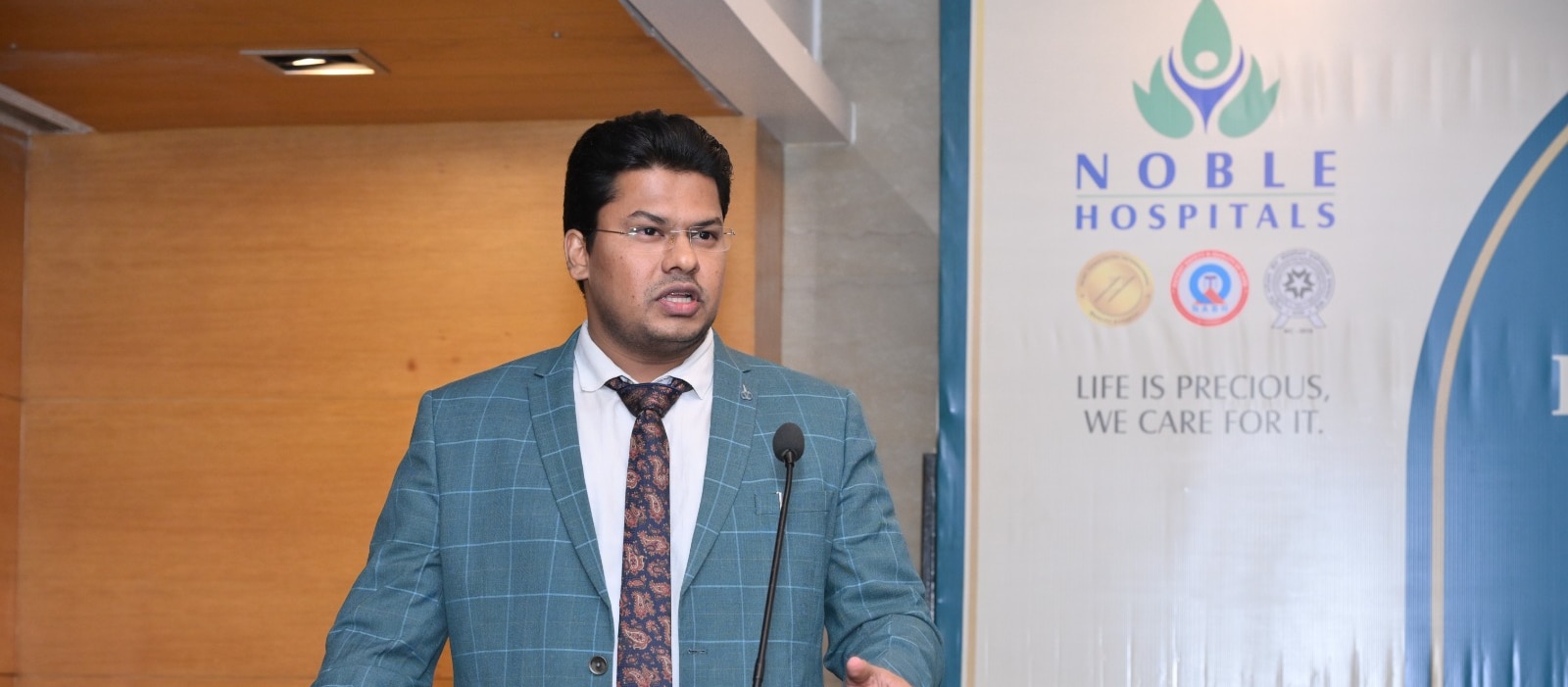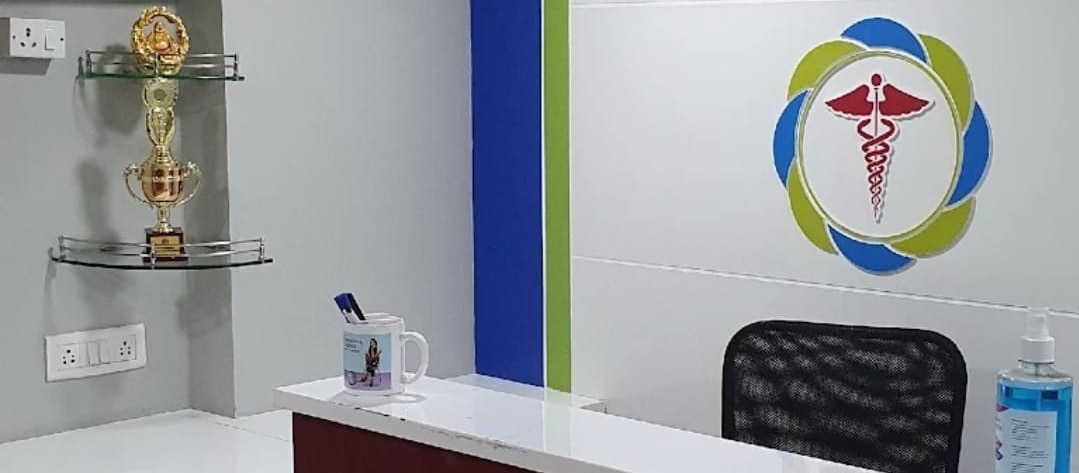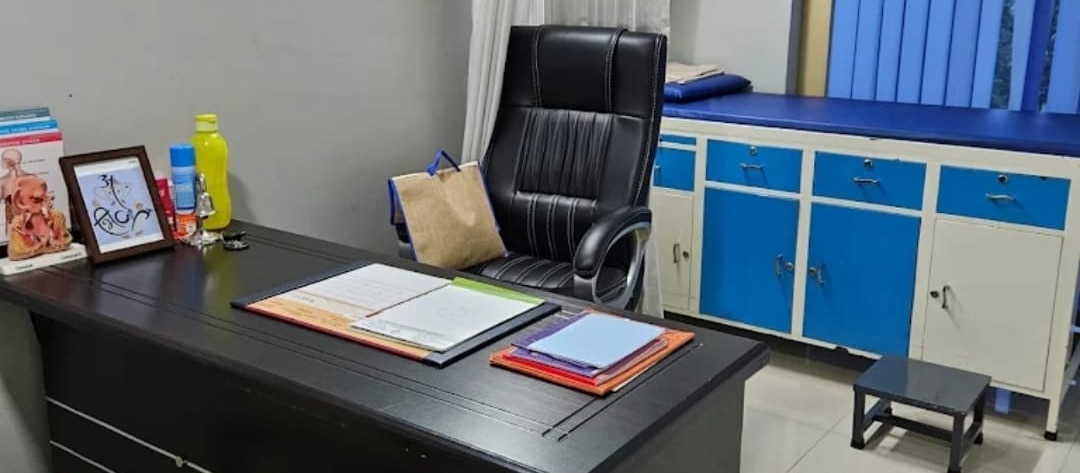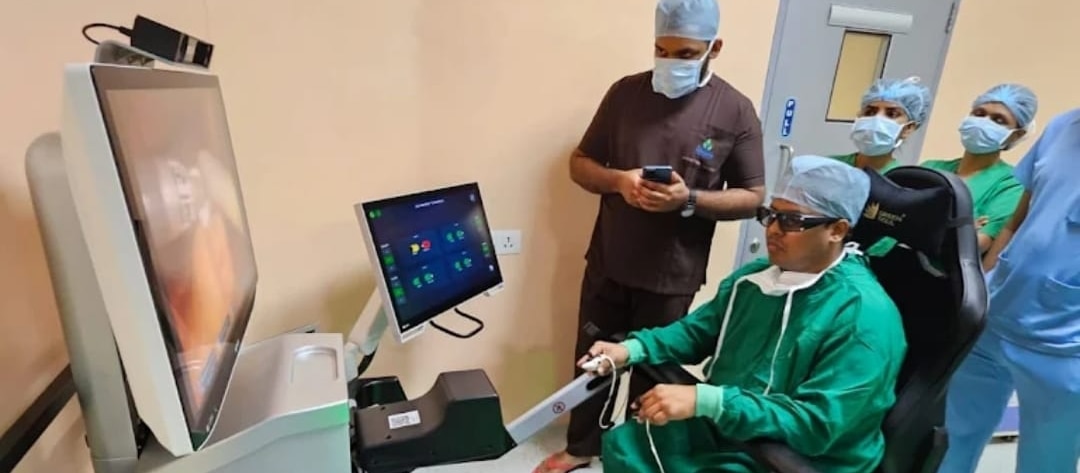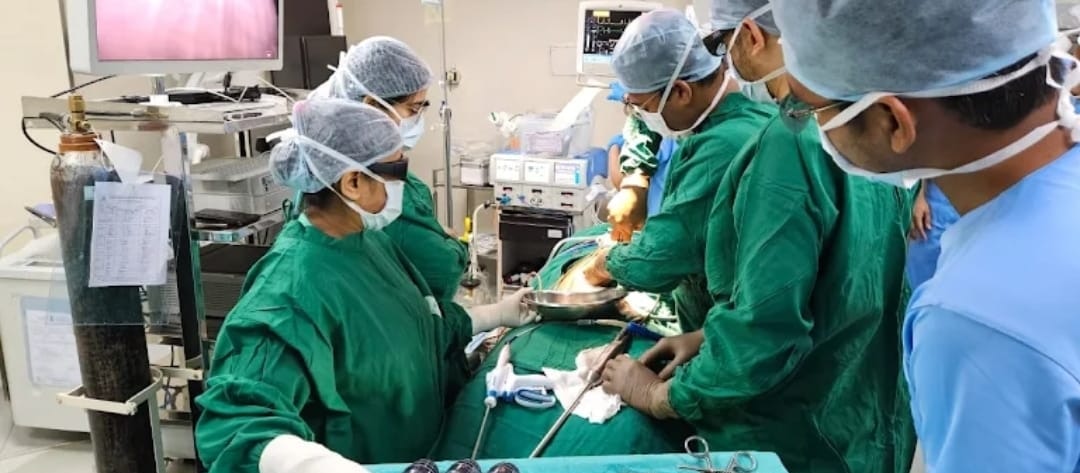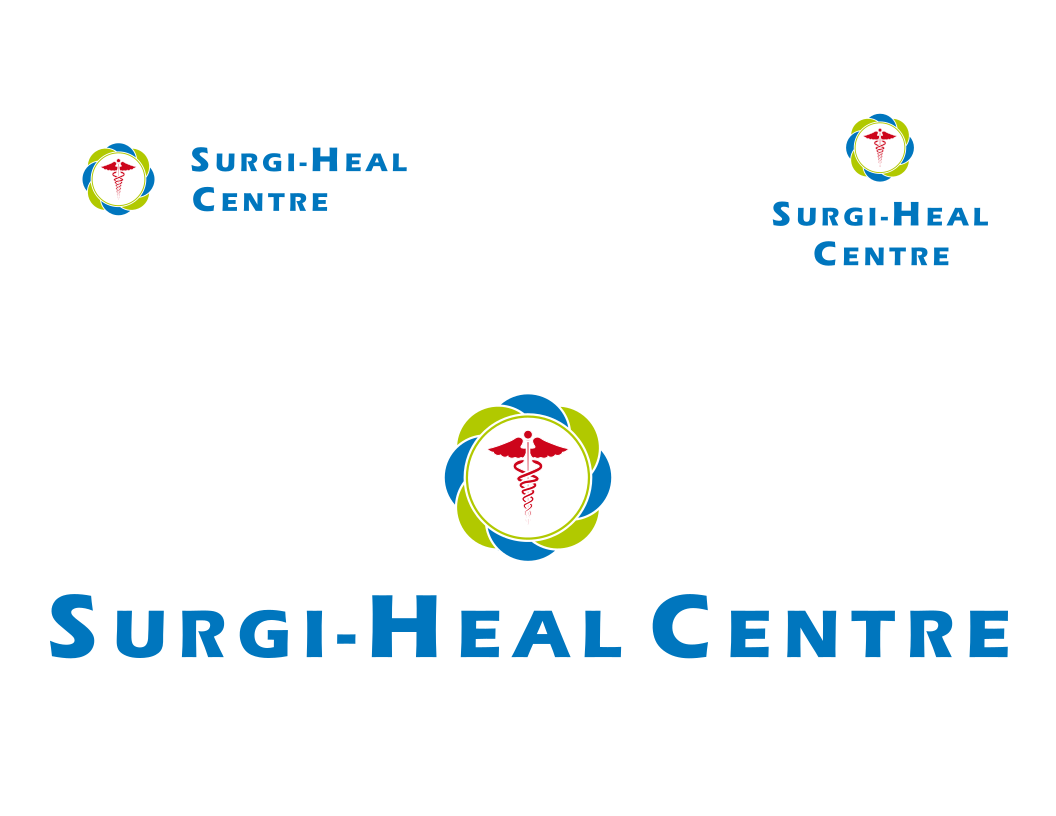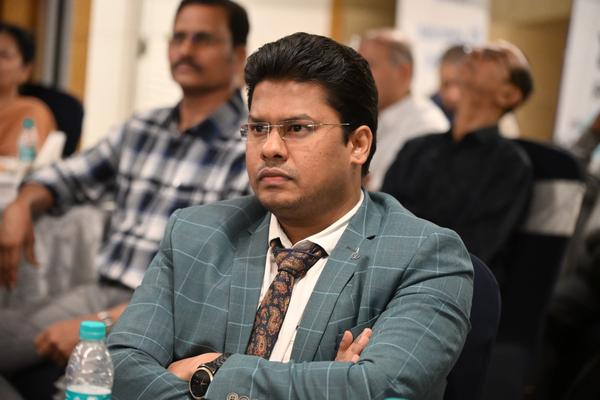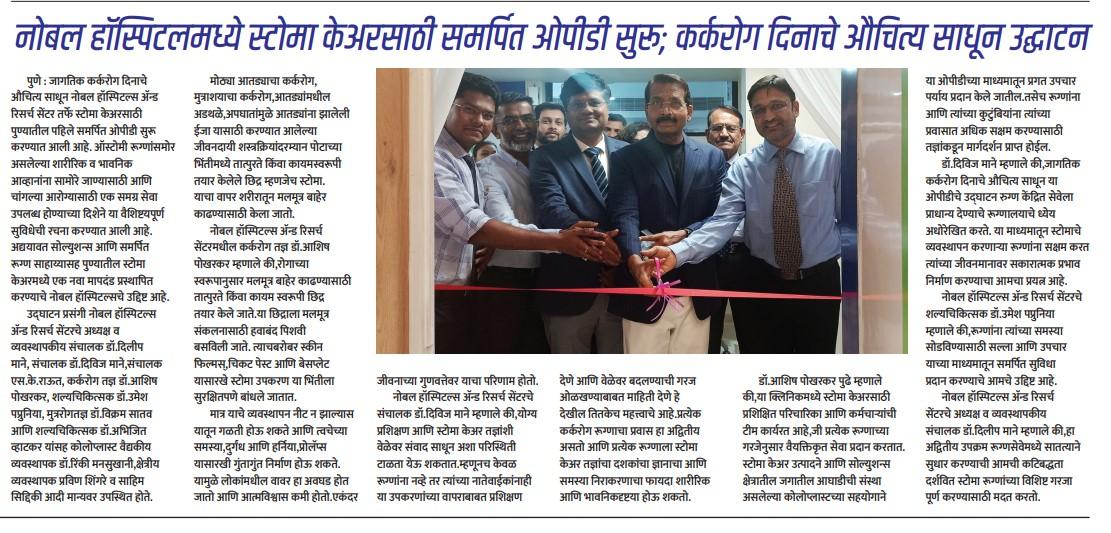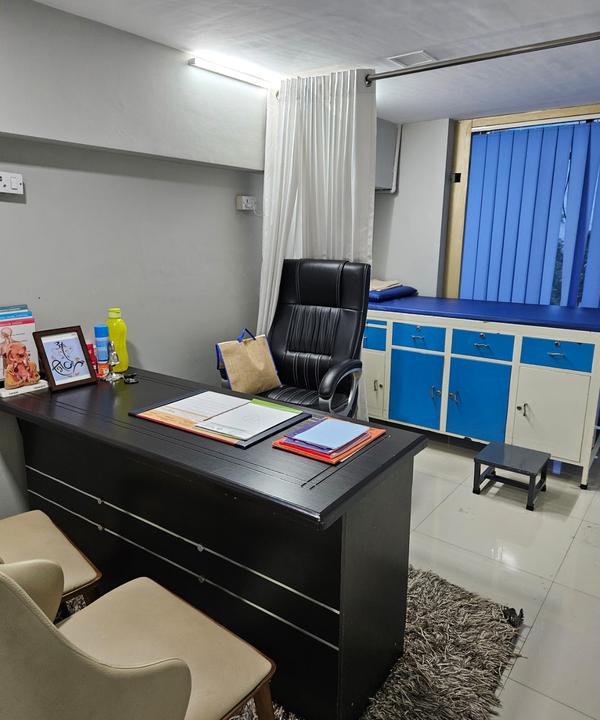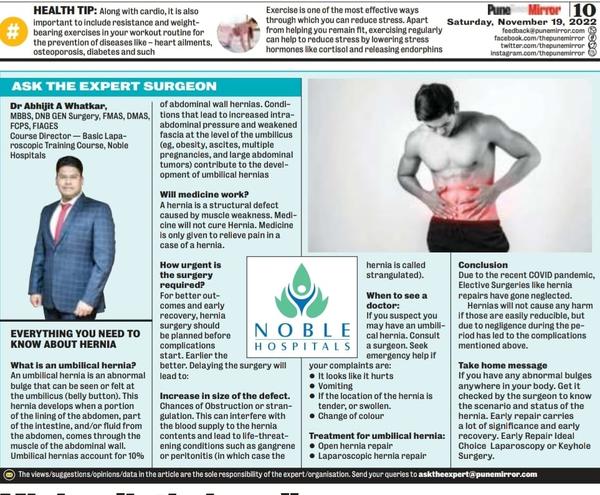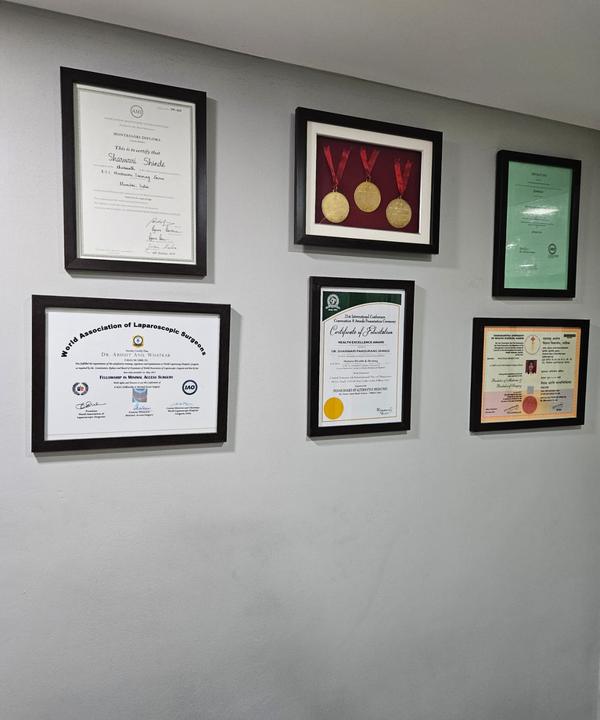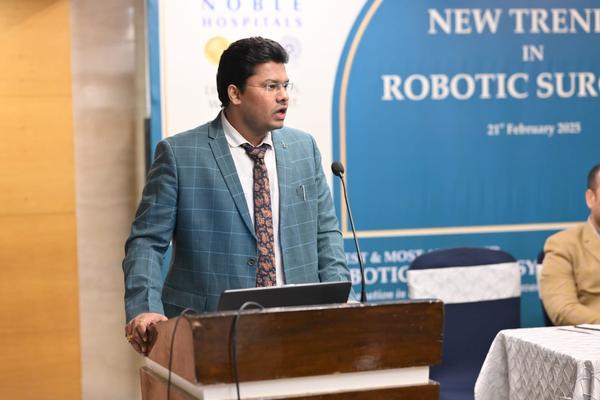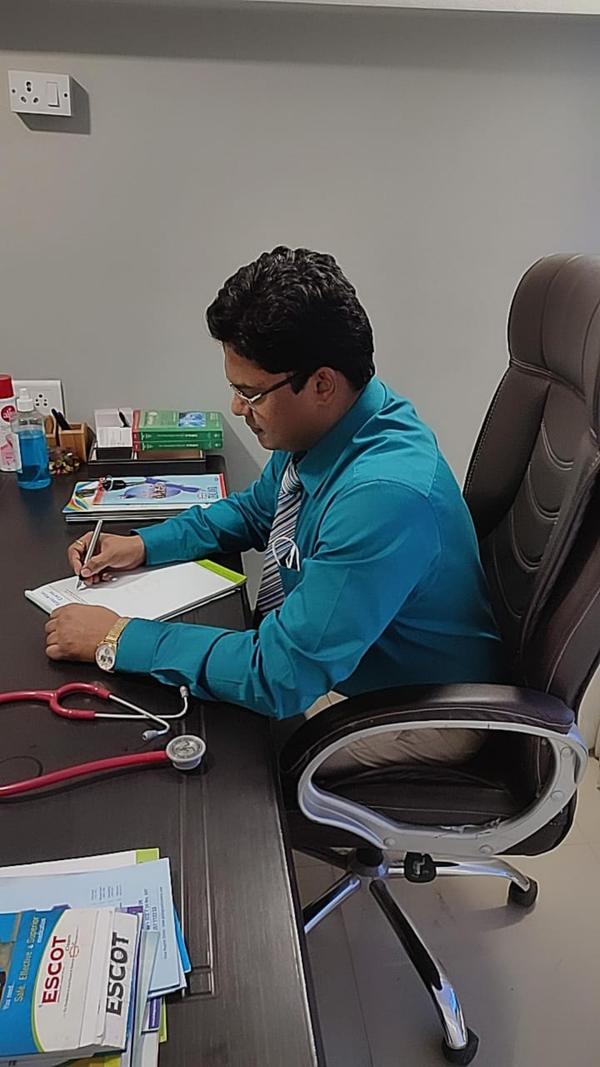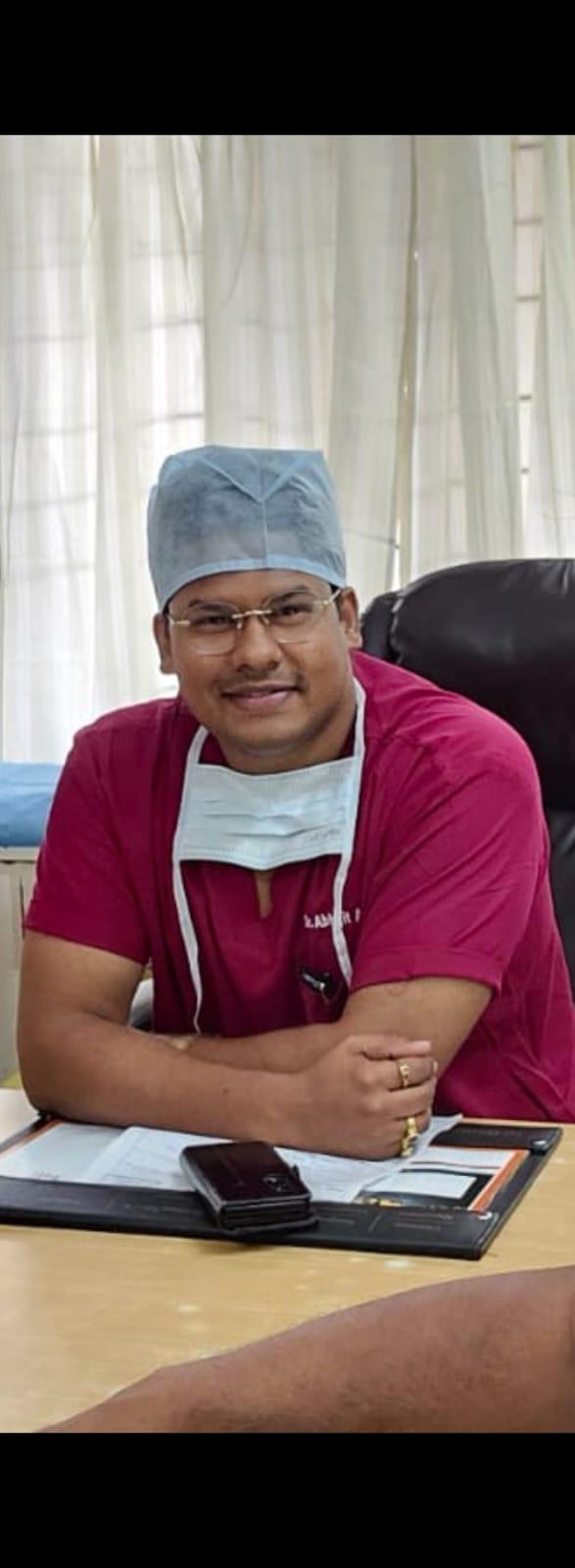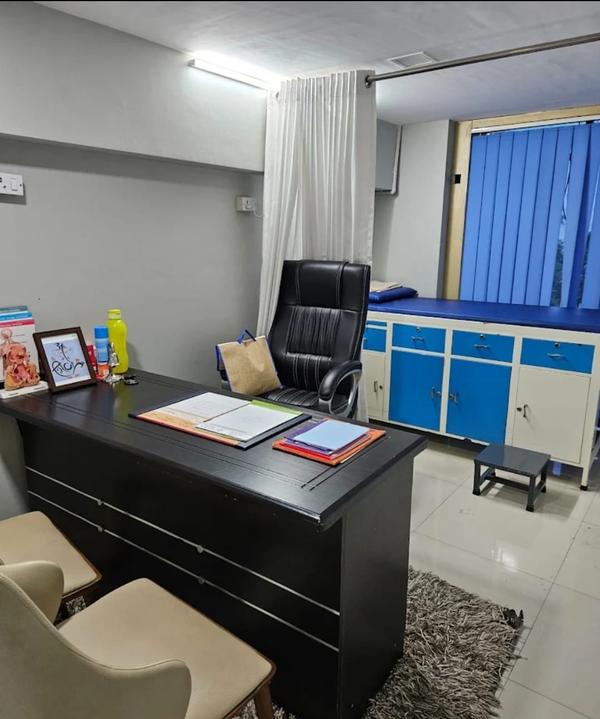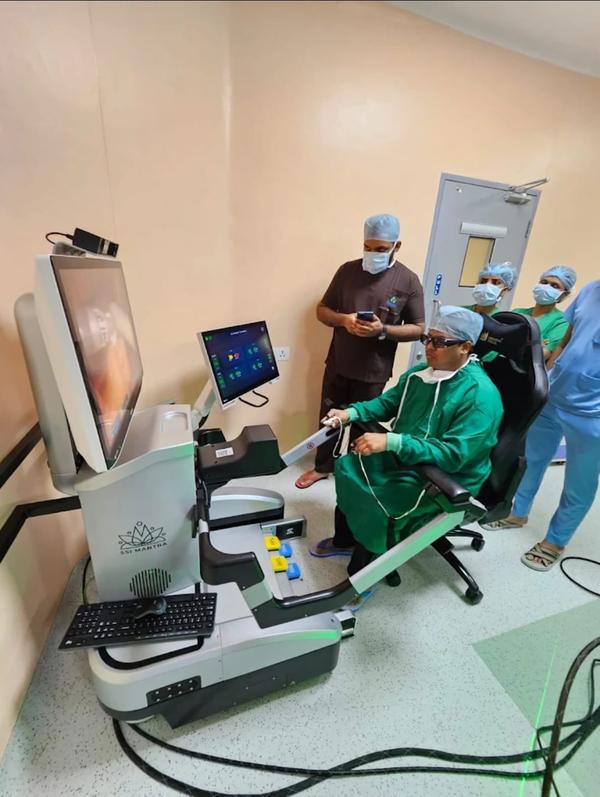Laser Haemorrhoids fissure surgery
Hemorrhoids and anal fissures are common conditions that can cause significant discomfort and affect a person's quality of life. These conditions often arise due to various factors such as chronic constipation, pregnancy, and prolonged sitting. Fortunately, advances in medical technology have introduced effective treatments, including laser surgery. Dr. Abhijit Whatkar, a leading surgeon in Pune, Maharashtra, specializes in advanced laser hemorrhoid and fissure surgery, offering patients a minimally invasive solution for these troublesome conditions.Understanding Hemorrhoids and Anal FissuresHemorrhoids are swollen veins in the lower rectum and anus, classified into internal and external types:Internal Hemorrhoids: Located inside the rectum and typically not visible. They may cause bleeding and discomfort but are less likely to be painful.External Hemorrhoids: Located under the skin around the anus. They can cause significant pain, itching, and swelling.Anal fissures are small tears in the lining of the anus that can cause sharp pain, especially during and after bowel movements. Common symptoms include:Severe pain during or after bowel movementsBleeding with stoolItching or irritation around the anusWhy Laser Surgery?Traditional Treatments:Hemorrhoidectomy: Surgical removal of hemorrhoids, often requiring a significant recovery time and associated with considerable pain.Sphincterotomy: For fissures, involves cutting a part of the anal sphincter muscle to reduce spasm and pain.Medications: Topical creams and oral medications can alleviate symptoms but do not address the underlying problem.Laser Surgery:Hemorrhoids: Laser treatment targets the blood vessels within hemorrhoids, shrinking them and reducing symptoms with minimal discomfort.Anal Fissures: Laser therapy can precisely remove the fissure tissue, promoting healing and reducing pain.Traditional treatments for hemorrhoids and anal fissures include medications, dietary changes, and surgical procedures. While these methods can be effective, they often come with significant discomfort and extended recovery times. Laser surgery has emerged as a modern alternative, offering several advantages:Minimally Invasive: Laser surgery involves precise, targeted treatment through small incisions or no incisions at all.Reduced Pain: Laser procedures typically result in less postoperative pain compared to traditional methods.Faster Recovery: Patients often experience quicker recovery times and can return to their daily activities sooner.Lower Risk of Complications: Laser surgery reduces the risk of infection and other complications associated with more invasive procedures.Minimal Scarring: The precision of laser technology minimizes tissue damage and scarring.The Laser Surgery ProcedureDr. Abhijit Whatkar utilizes state-of-the-art laser technology to treat hemorrhoids and anal fissures effectively. Here is an overview of the procedure:Preoperative PreparationA thorough assessment is conducted, including medical history, physical examination, and diagnostic tests such as anoscopy or sigmoidoscopy.AnesthesiaDepending on the complexity of the procedure and patient comfort, local anesthesia (to numb the area) or sedation may be used.Laser Treatment for HemorrhoidsPreparation: The area around the hemorrhoids is cleaned and sterilized.Laser Application: A laser is used to precisely remove or shrink the hemorrhoidal tissue. The laser’s heat effectively coagulates blood vessels, reducing bleeding and promoting quick healing.Post-Treatment Care: Minimal bleeding is expected, and a sterile dressing may be applied to the treated area.Laser Treatment for Anal FissuresPreparation: Similar to hemorrhoid treatment, the area is prepared and cleaned.Laser Application: The laser is used to remove the fissured tissue and promote healing. The laser’s heat helps to relax the anal sphincter muscle, which often contributes to the pain associated with fissures.Post-Treatment Care: The procedure typically results in minimal bleeding and discomfort.Postoperative Care and RecoveryDr. Whatkar emphasizes the importance of proper postoperative care to ensure a smooth recovery. Key aspects of postoperative care include:Pain ManagementMedications: Prescription pain relievers or over-the-counter medications may be provided to manage any discomfort.Instructions: Detailed instructions on pain management and when to take medications.Activity RestrictionsAvoiding Strenuous Activities: Patients should avoid heavy lifting, strenuous exercise, and activities that may strain the treated area for a few weeks.Gradual Resumption: Gradually return to normal activities as tolerated, following Dr. Whatkar’s guidelines.Dietary AdjustmentsHigh-Fiber Diet: Consuming a high-fiber diet helps to soften stool and reduce strain during bowel movements.Hydration: Drinking plenty of fluids to maintain hydration and aid in digestion.Wound CareKeeping the Area Clean: Follow specific instructions for wound care to prevent infection.Monitoring for Signs of Infection: Watch for redness, swelling, discharge, or increased pain and report any concerns to Dr. Whatkar promptly.Follow-Up VisitsScheduled Appointments: Attend all follow-up appointments to monitor healing and address any concerns.Recovery Assessment: Dr. Whatkar will assess the progress of recovery and provide guidance on returning to normal activities.Most patients experience significant improvement within a few days and can return to their normal activities within a week. Full recovery is typically achieved within a month.Frequently Asked Questions About Laser Hemorrhoid and Fissure SurgeryQ: Is laser surgery suitable for all types of hemorrhoids and fissures?A: Laser surgery is suitable for most cases of hemorrhoids and anal fissures. However, the decision depends on factors such as the severity and location of the condition. Dr. Whatkar will evaluate each case individually to determine the best approach.Q: How long does the laser surgery procedure take?A: The duration of the procedure varies depending on the complexity of the condition but typically lasts between 30 to 60 minutes.Q: Will I need to stay in the hospital after the surgery?A: Most patients can go home the same day after laser surgery. An overnight stay may be necessary in some cases depending on individual circumstances.Q: What are the risks associated with laser surgery?A: Laser surgery is generally safe with minimal risks. Possible risks include infection, bleeding, and temporary discomfort. Dr. Whatkar will discuss these risks with you in detail before the procedure.Q: When can I resume normal activities after the surgery?A: Most patients can return to normal activities within a week. It is advisable to avoid strenuous activities and heavy lifting for a few weeks. Dr. Whatkar will provide specific guidelines based on your recovery progress.ConclusionLaser hemorrhoid and fissure surgery represent a modern, effective approach to treating these common conditions. With the expertise of Dr. Abhijit Whatkar in Pune, Maharashtra, patients can benefit from a minimally invasive procedure that offers significant relief, reduced pain, and faster recovery. If you are experiencing symptoms of hemorrhoids or anal fissures, consult with Dr. Whatkar to explore your treatment options and take the first step towards better health.
READ MORE